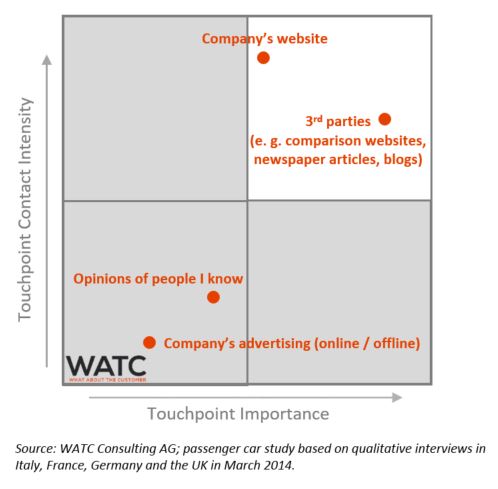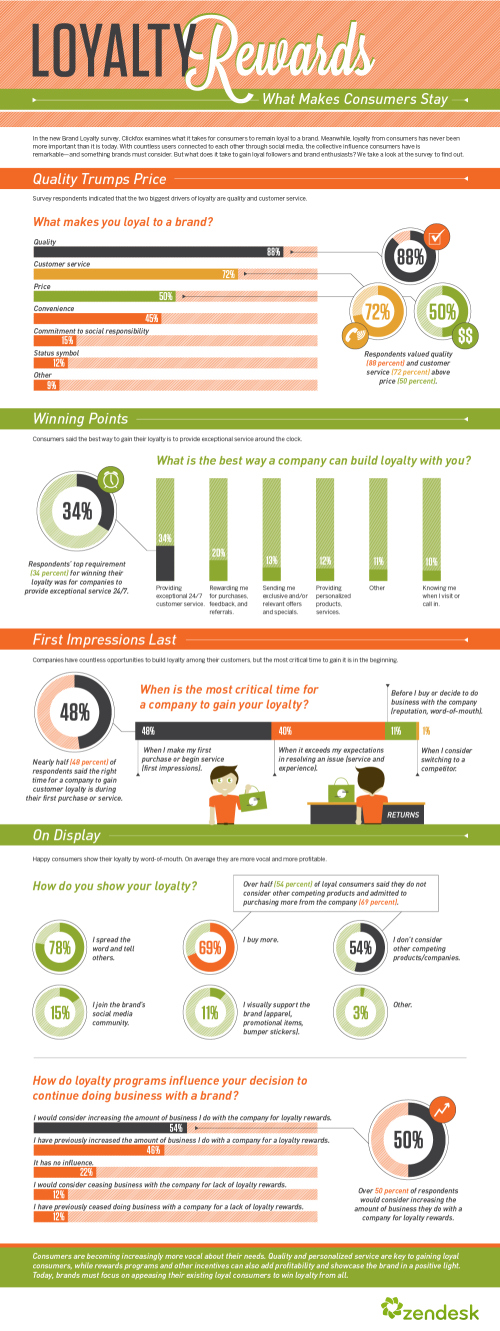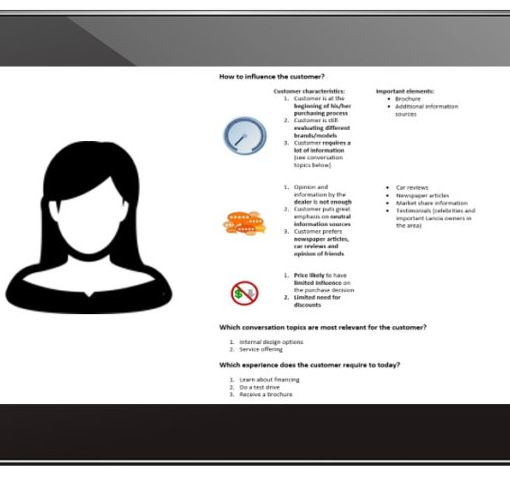In the life sciences sector, customer centricity has become a cornerstone of strategic success. Yet, many organizations still rely on superficial metrics like Net Promoter Scores (NPS) or satisfaction surveys to gauge their impact. While these tools offer insights, they often miss the deeper, systemic value of customer-centric strategies. True customer centricity in life sciences requires measuring outcomes that reflect genuine stakeholder value-from improved patient health to streamlined market access-and aligning these with long-term business growth.
THE LIMITATIONS OF TRADITIONAL METRICS
Traditional customer metrics fall short in capturing the multifaceted impact of customer centricity in life sciences. For instance:
- NPS measures loyalty but not clinical outcomes.
- Satisfaction surveys reflect momentary sentiments, not long-term behavior changes.
- Adherence rates track pill consumption but not quality-of-life improvements.
These metrics, while useful, fail to connect customer-centric initiatives to tangible business and health outcomes. To truly measure impact, organizations must adopt a holistic framework that links stakeholder value to organizational success.
A FRAMEWORK FOR HOLISTIC MEASUREMENT
Effective measurement of customer centricity in life sciences hinges on evaluating outcomes across four dimensions:
1. Patient Health Outcomes
- Reduction in disease progression rates
- Improvements in patient-reported quality of life
- Increased adherence to treatment plans
2. Healthcare Provider (HCP) Efficiency
- Time saved through streamlined processes
- Enhanced decision-making via actionable data
- Improved satisfaction with collaborative tools
3. Market Access Success
- Faster reimbursement approvals
- Higher formulary inclusion rates
- Stronger payer partnerships
4. Business Growth
- Increased patient retention and lifetime value
- Higher cross-functional innovation output
- Improved brand equity and stakeholder trust
By integrating these dimensions, organizations can quantify how customer-centric strategies drive both societal and commercial value.
DATA INTEGRATION: THE KEY TO ACCURATE INSIGHTS
Life sciences companies must unify data from disparate sources to build a complete picture of impact:
- Real-world evidence (RWE) from wearables and EHRs
- Behavioral data from patient support programs
- Economic data on cost savings and revenue growth
- Regulatory feedback from health authorities
Advanced analytics can identify correlations between customer-centric actions (e.g., personalized patient education) and outcomes (e.g., higher adherence), enabling data-driven refinement of strategies.
THE LONG-TERM VALUE OF CUSTOMER CENTRICITY
Organizations that prioritize customer centricity unlock sustainable advantages:
- Risk mitigation: Proactive identification of patient needs reduces trial discontinuation rates.
- Innovation acceleration: Insights from HCPs and patients inform R&D priorities.
- Regulatory goodwill: Demonstrating patient-centricity strengthens submissions and approvals.
IMPLEMENTING A MEASUREMENT STRATEGY
To operationalize this approach, life sciences firms should:
- Define clear KPIs aligned with strategic goals (e.g., % reduction in time-to-market access).
- Break down data silos to enable cross-functional insights sharing.
- Invest in predictive analytics to forecast the impact of customer-centric initiatives.
- Foster a culture of continuous learning where metrics inform iterative improvements.
CONCLUSION
Measuring the true impact of customer centricity in life sciences requires moving beyond satisfaction scores to evaluate how strategies improve lives and fuel business growth. By adopting a holistic, data-driven framework, organizations can demonstrate the tangible value of putting stakeholders at the heart of decision-making – ensuring both healthier patients and healthier bottom lines.
MORE INSIGHTS
For more insights on the life sciences industry, refer to the following two publications that have been co-authored by Patrick Koller, founding Partner of WATC Consulting: “Re-thinking Market Access” and “Re-thinking Medical Affairs”.




